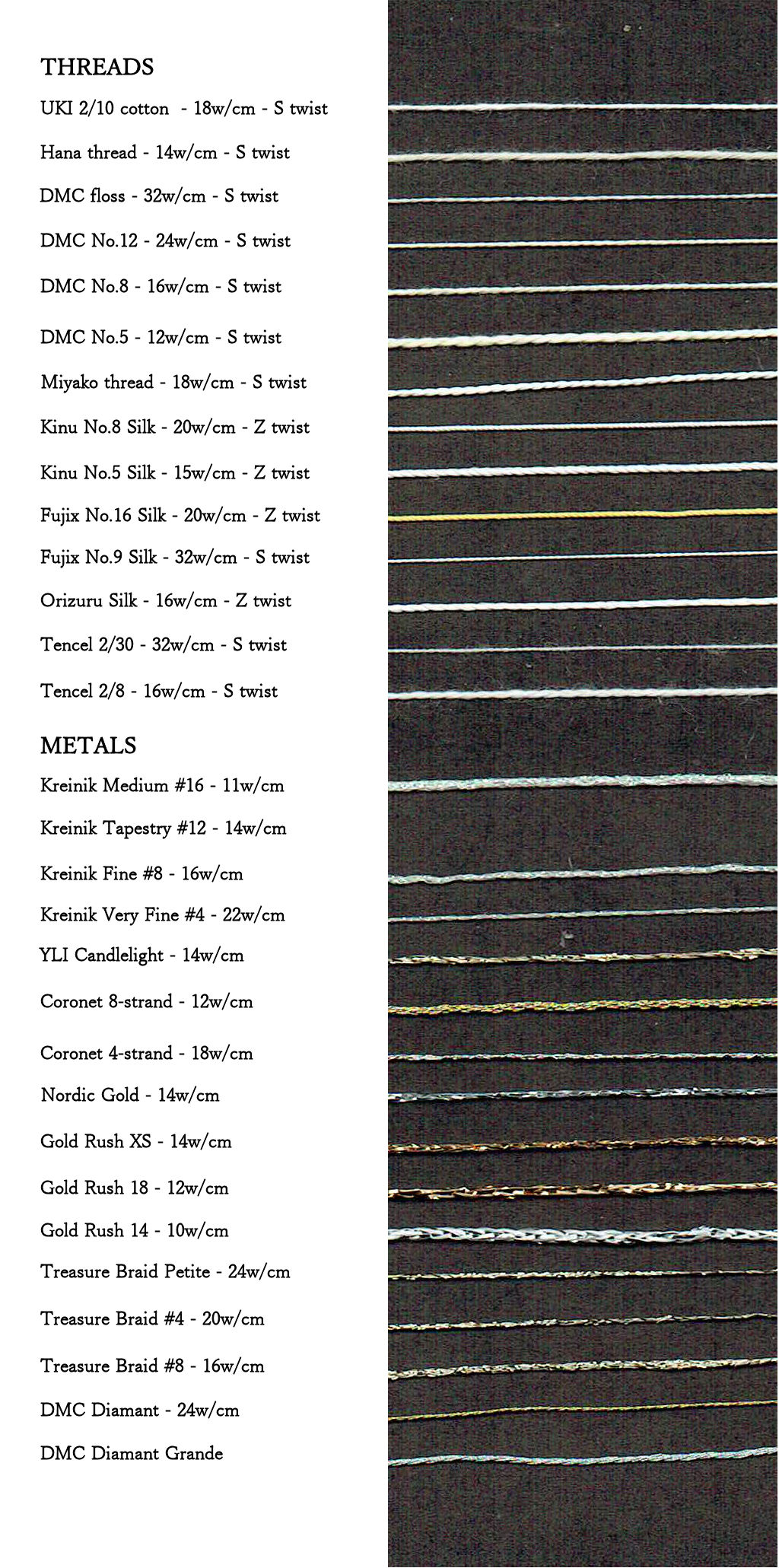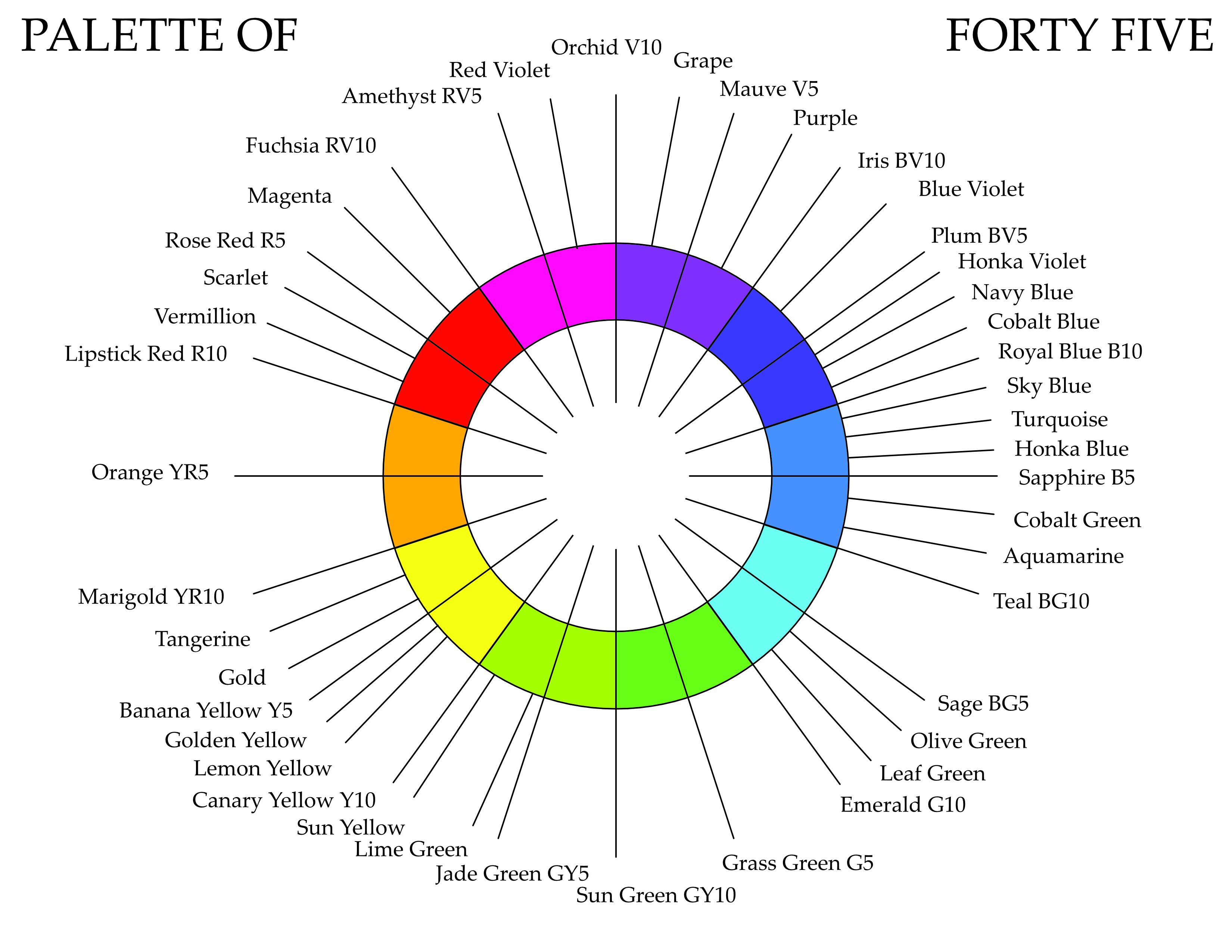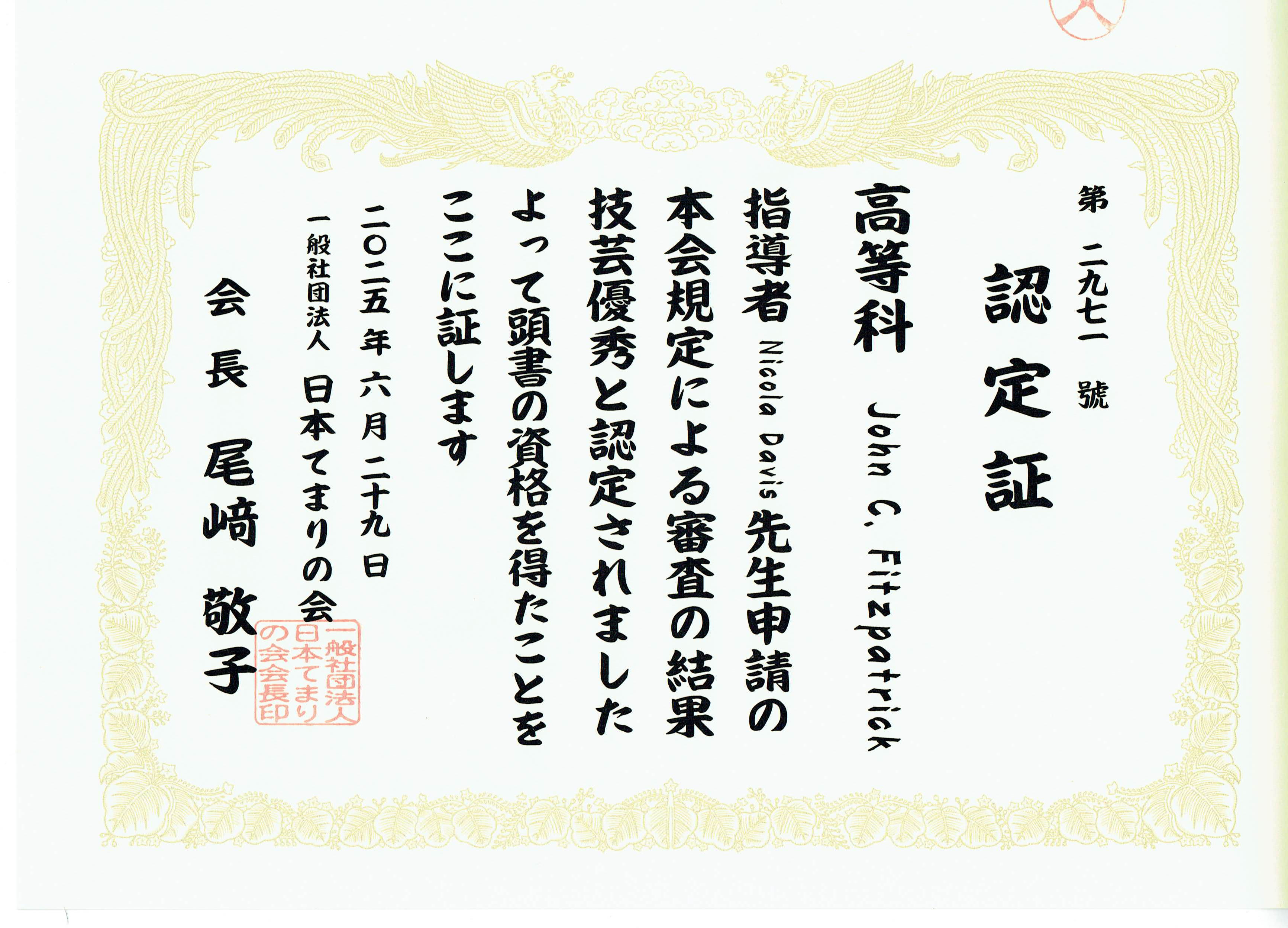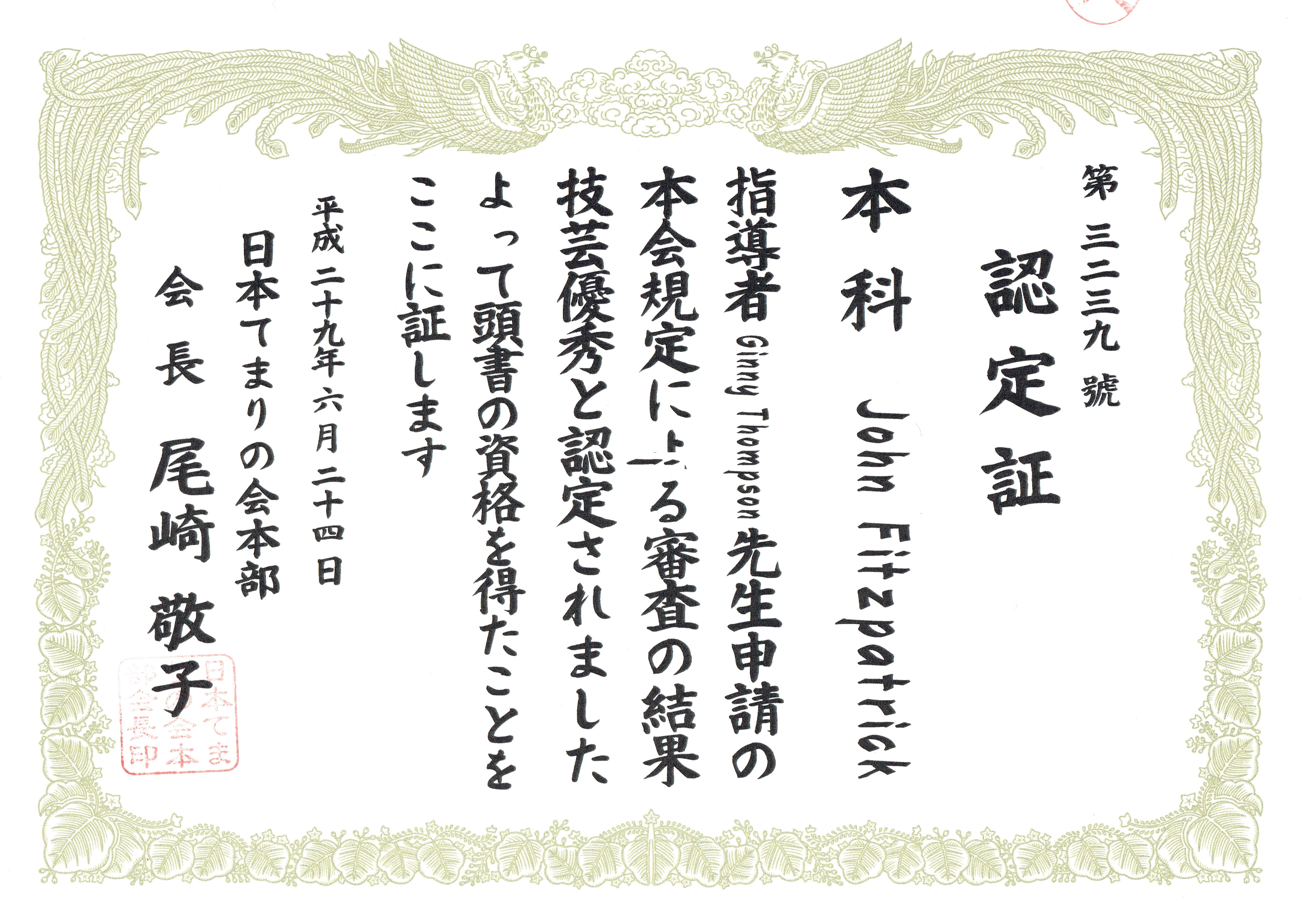



| Radius | Circumference | Surface Area | Yardage |
| 3.18 | 20 | 127 | 208 |
| 3.82 | 24 | 183 | 300 |
| 3.98 | 25 | 199 | 326 |
| 4.14 | 26 | 215 | 352 |
| 4.30 | 27 | 232 | 380 |
| 4.46 | 28 | 250 | 408 |
| 4.61 | 29 | 268 | 438 |
| 4.77 | 30 | 286 | 469 |
| 4.93 | 31 | 306 | 501 |
| 5.09 | 32 | 326 | 533 |
| 5.25 | 33 | 347 | 567 |
| 5.41 | 34 | 368 | 602 |
| 5.57 | 35 | 390 | 638 |
| 5.73 | 36 | 412 | 675 |
| 5.89 | 37 | 436 | 713 |
| 6.05 | 38 | 460 | 752 |
| 6.21 | 39 | 484 | 792 |
| 6.37 | 40 | 509 | 833 |
| 7.96 | 50 | 796 | 1302 |


From the beginning, I’ve adhered to a set of simple principles concerning my approach to the art of temari – a sort of temari-dou. Briefly, these are: to stitch purely for fun, without pressure; to create beautiful objects with traditional techniques for myself or as gifts; and while keeping the activity relatively inexpensive, to keep my hands and mind, active and creative. This is my fourth version of these guidelines, which have evolved as my knowledge of this art form has developed over the past eight years
For fun - no deadlines, no pressure. Initially, I saw making temari as a way of using up scrap yarn from the weaving I was doing. However, I enjoyed it so much that I continued stitching temari as a reaction to the stresses of weaving the baby wraps and getting them out on time. It was a way to relax from a day of weaving, and of course to use up some of the yarn I was accumulating from weaving.
I started down the JTA exam route mainly to see if I was as good as I seemed to be, by getting an evaluation from other people. Another reason was to feel part of a community, and so far this has been missing from my temari experience. TemariChallenge is all stitch-alongs and photographs, with few interesting discussions. And none of my past teachers have encouraged any communication between students, except Jen’s and the zoom videos.
Over the years I’ve worried about balancing JTA course work, accepting the deadlines and pressure, and just having fun making beautiful objects. I’ve felt that, to paraphrase a popular saying, “all work and no play makes for dull temari”. But stitching for exams will be over in a few months (I hope), unless I continue to Shihan. Even if I do continue to the next level, the actual ‘judging’ and ‘examining’ won’t take place for some years, and I’ll be able to stitch for fun, just guided a bit by the curriculum. (I do need to know more about the Shihan process.)
I must remember that part of the fun is to challenge myself to improve and stitch more complex designs. And this often is not, in itself, a fun process. But once the process is mastered, then comes the opportunity for enjoyment.
To make a beautiful object using traditional resources – no use, no profit. I have shown that I can make a beautifully stitched
temari. Here are some of the comments I’ve received:
• Prof. Ginny has said that my temari are “beautifully stitched.”
• Prof. Ai has said that my “temari for the Honka were all so beautiful, for their stitching, design and colour coordination.”
• Prof Barb has said that “all of your temari are outstanding.”
• Sensei Jen has used the word “stunning”.
To be able to create beautiful temari is however very important. It is that rush of adrenaline when I can see that what I’ve made is really gorgeous, that keeps me stitching. It also gives me the confidence I need in order to keep going, especially when the stitching becomes challenging.
And, for the most part, I’ve made temari from designs in the Japanese books, and getting acquainted with the language, customs and religion, and with specific Japanese temari terms. (But I still haven’t made a mari in the traditional manner with rice husks and silk fibre!)
Despite having thoughts in the past about selling stitching accessories rather than temari themselves, I don’t think that will ever be realistic. I’ve always disregarded the idea of selling temari because just charging for the time making them, would make them extravagantly expensive. But perhaps I’m wrong, as there are websites that sell temari for such prices, but that assumes they make actual sales, of course.
To keep it relatively inexpensive. Until recently I kept costs down by using hand-dyed tencel in the main. But there have been some largish expenses, such as the Japanese books and the silks, and recently I succumbed to DMC 5, as it is used in a lot of the JTA temari for Koutouka and Shihan, and bought a wide range of colours. I also bought a complete set of Orizuru silk which I intended to use for the Koutouka submissions. Otherwise, the tools, the pins, needles, paper strips, scissors, etc… are all quite inexpensive.
I want to continue hand-dyeing as it enables me to stitch temari with very smooth colour gradations. In particular the 2/8 tencel, which I’d previously used for weaving, produces a beautifully shiny lustrous thread when dyed with MX dyes. I have a plan to dye up 43 hues at various levels of dye, so that I can make colour gradations my ‘trademark’ and if I dyed some 2/5 cotton at the same time, I could replace the DMC thread.
To keep my mind and hands, active and creative. Obviously, the main creative activity is the making of each temari. However,
there are other elements that also help to keep my mind and body active:
• Planning – not just planning the design of each temari, but planning the series of temari to be made, the curriculum, the
index and website gallery, etc…
• Geometry – I’ve been fascinated by the mathematical solids on which temari divisions are based since childhood.
• The Puzzle element – Figuring out how a seemingly impossible design can be produced by simple stitching and wrapping.
• Japan – Learning about the language, the culture, the customs, the religion, the history, etc…
• Designing – this is becoming more important to me as I progress. Finding a ‘narrative’ for the design and then working with
colours and threads to bring the story to life, is becoming increasingly rewarding.
• Dyeing – Though it feels like hard work, there’s a true sense of accomplishment when you roll up the dyed thread onto a
spool. And more importantly, it allows me to make really smooth colour gradations.